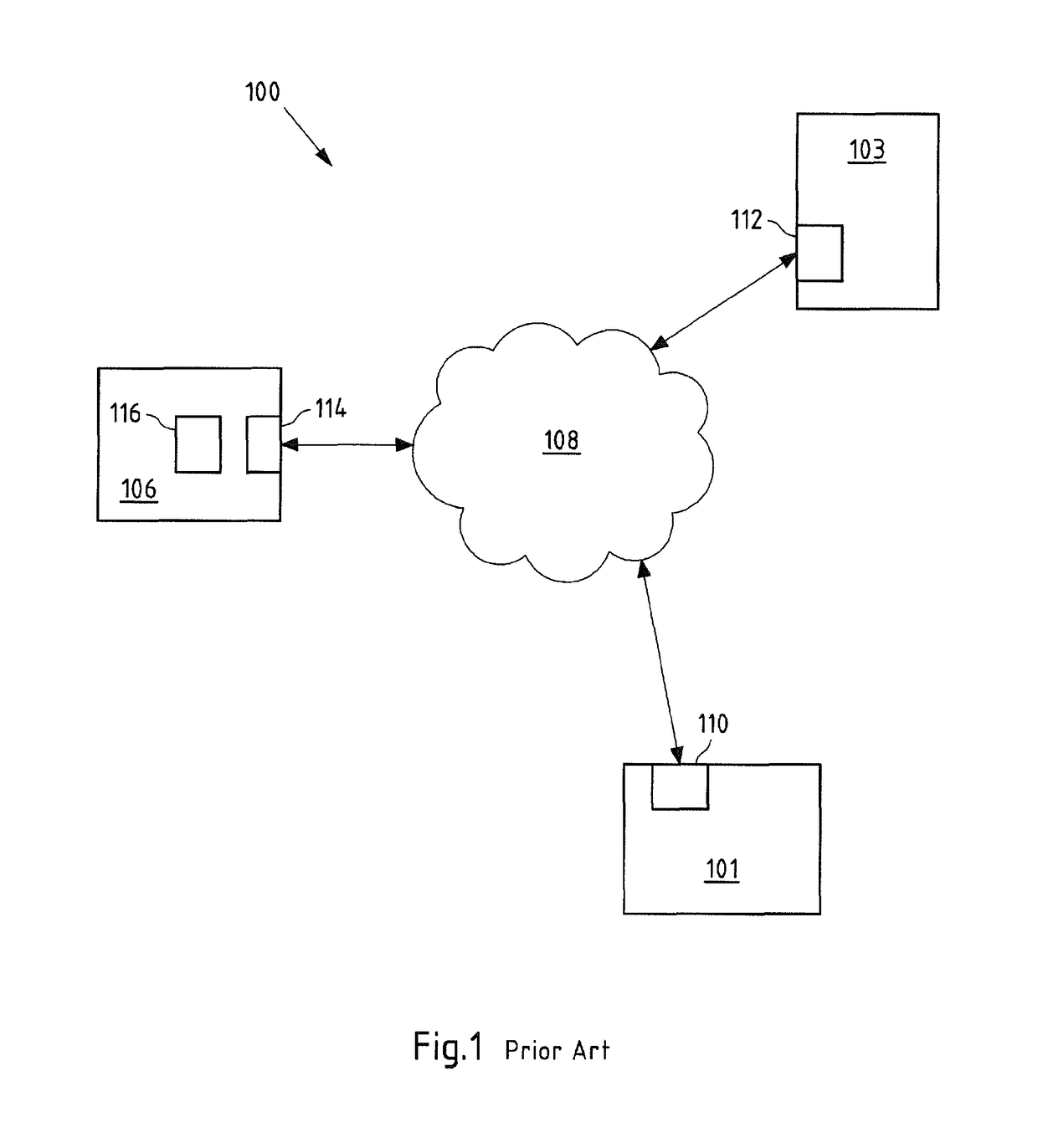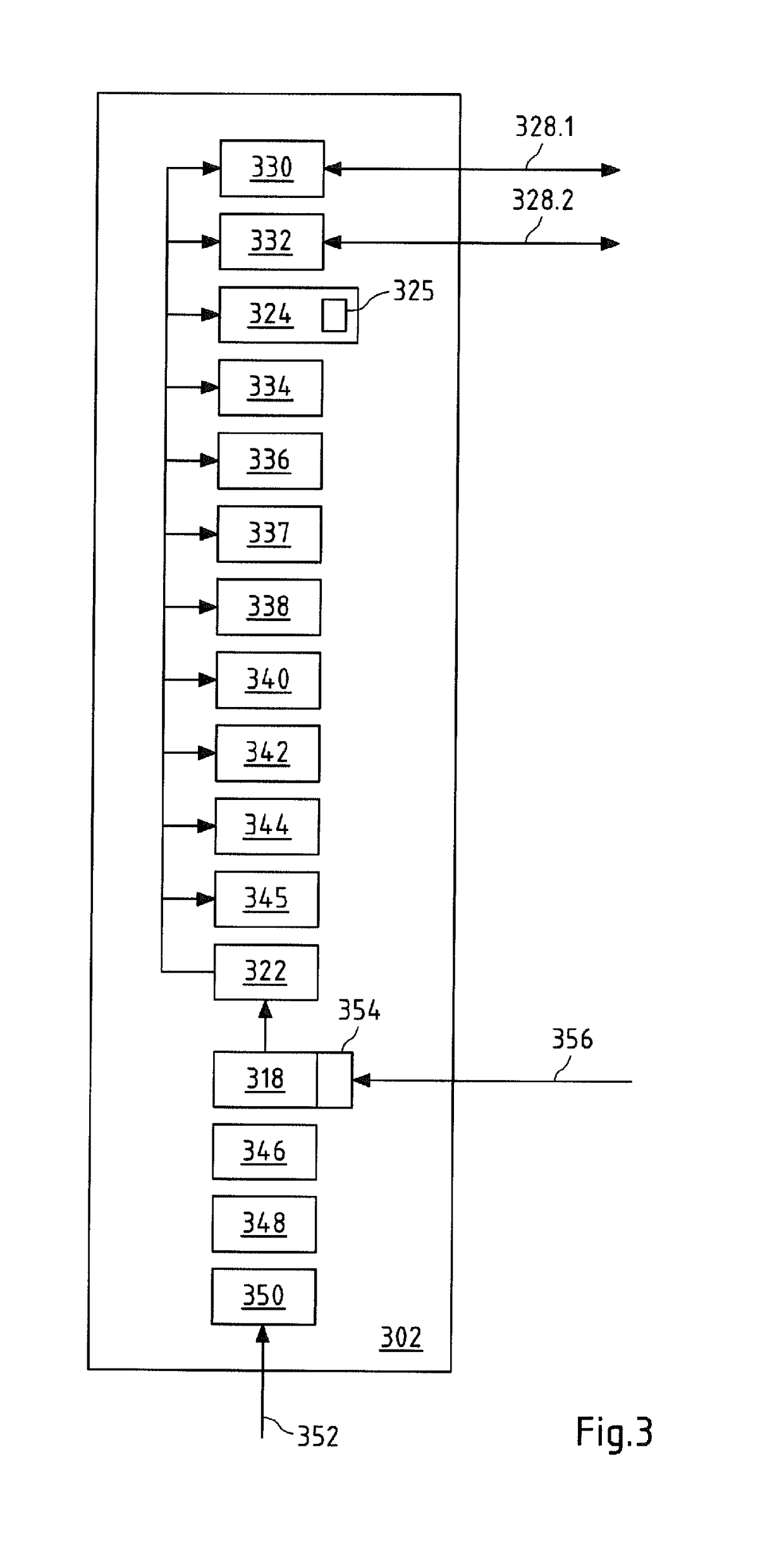Peer-to-peer network and node of a peer-to-peer network
a peer-to-peer network and peer-to-peer technology, applied in multiplex communication, synchronisation signal speed/phase control, instruments, etc., can solve the problems of high degree of security expenditure, higher transaction cost, and inability to manage confidential data by instance or central server, so as to achieve the effect of further improving the tamper resistance of data stored in the peer-to-peer application
- Summary
- Abstract
- Description
- Claims
- Application Information
AI Technical Summary
Benefits of technology
Problems solved by technology
Method used
Image
Examples
Embodiment Construction
[0115]Like reference numerals in different figures indicate like elements.
[0116]FIG. 2 shows a schematic view of a first embodiment of a peer-to-peer network 200 according to the present invention. A substantial difference compared with prior art systems, such as system 100 according to FIG. 1, is that no central instance is provided.
[0117]For sake of clarity, the depicted peer-to-peer network 200 comprises (only) two nodes 202, 204. It shall be understood that a peer-to-peer network may comprise three or mode nodes. A peer-to-peer network 200 is characterized in the present case in that each node 202, 204 and / or participant is preferably connectable to every other node 202, 204 and / or participant. For instance, at least one physical standard network can be used for connection. For communicating via the at least one physical standard network, suitable communication modules may be arranged in the respective nodes. In the present case, a communication connection 228 is established bet...
PUM
 Login to View More
Login to View More Abstract
Description
Claims
Application Information
 Login to View More
Login to View More - R&D
- Intellectual Property
- Life Sciences
- Materials
- Tech Scout
- Unparalleled Data Quality
- Higher Quality Content
- 60% Fewer Hallucinations
Browse by: Latest US Patents, China's latest patents, Technical Efficacy Thesaurus, Application Domain, Technology Topic, Popular Technical Reports.
© 2025 PatSnap. All rights reserved.Legal|Privacy policy|Modern Slavery Act Transparency Statement|Sitemap|About US| Contact US: help@patsnap.com



